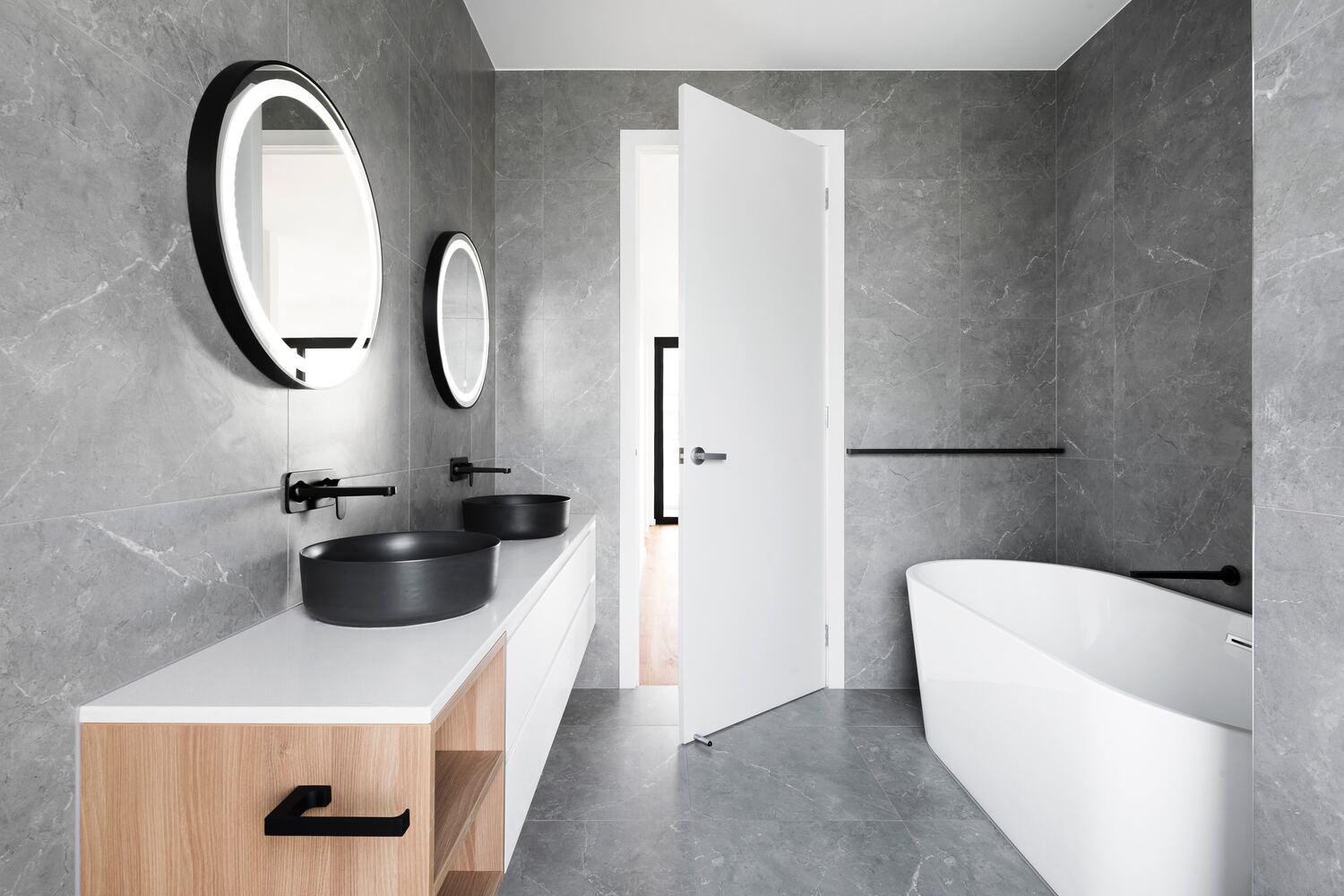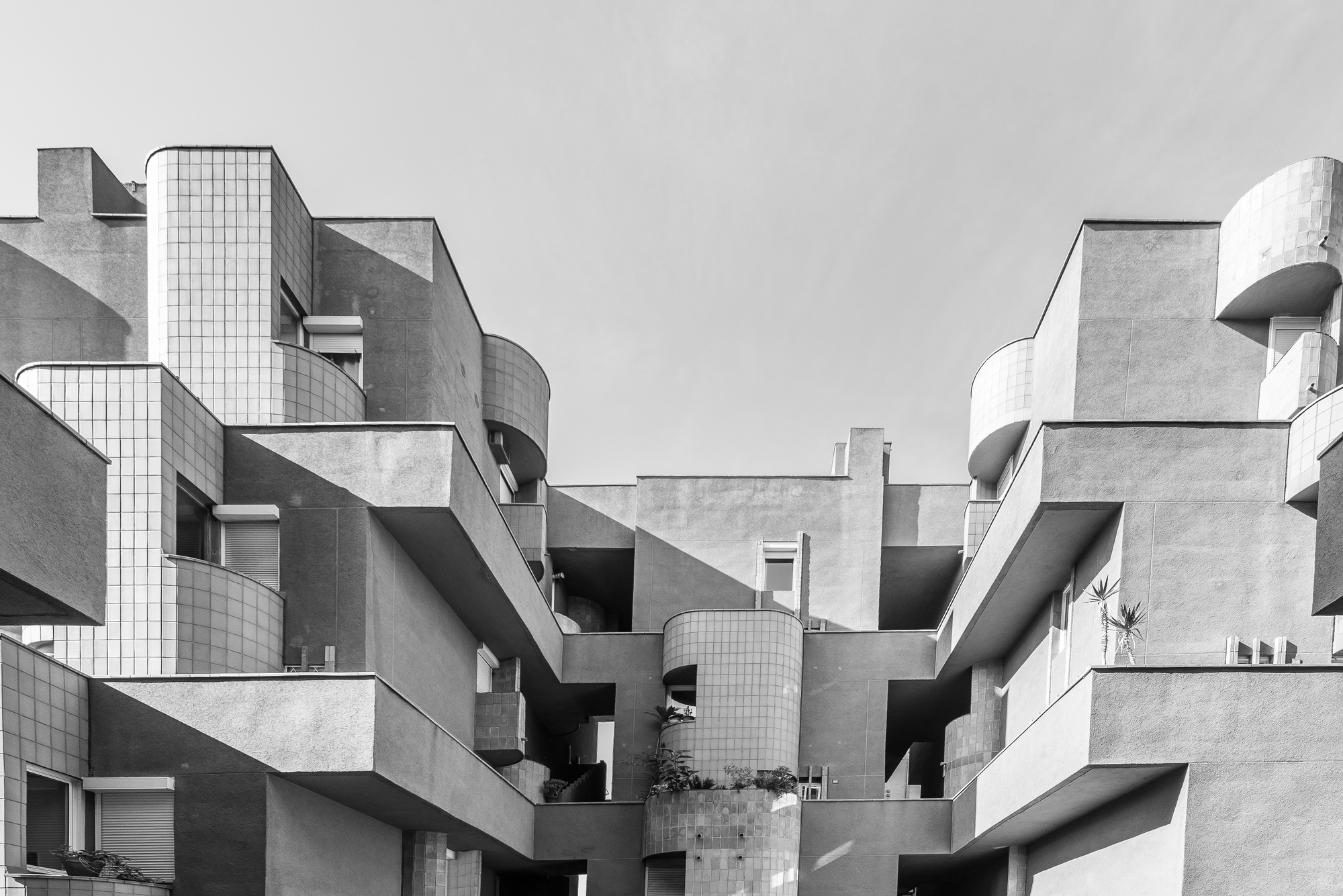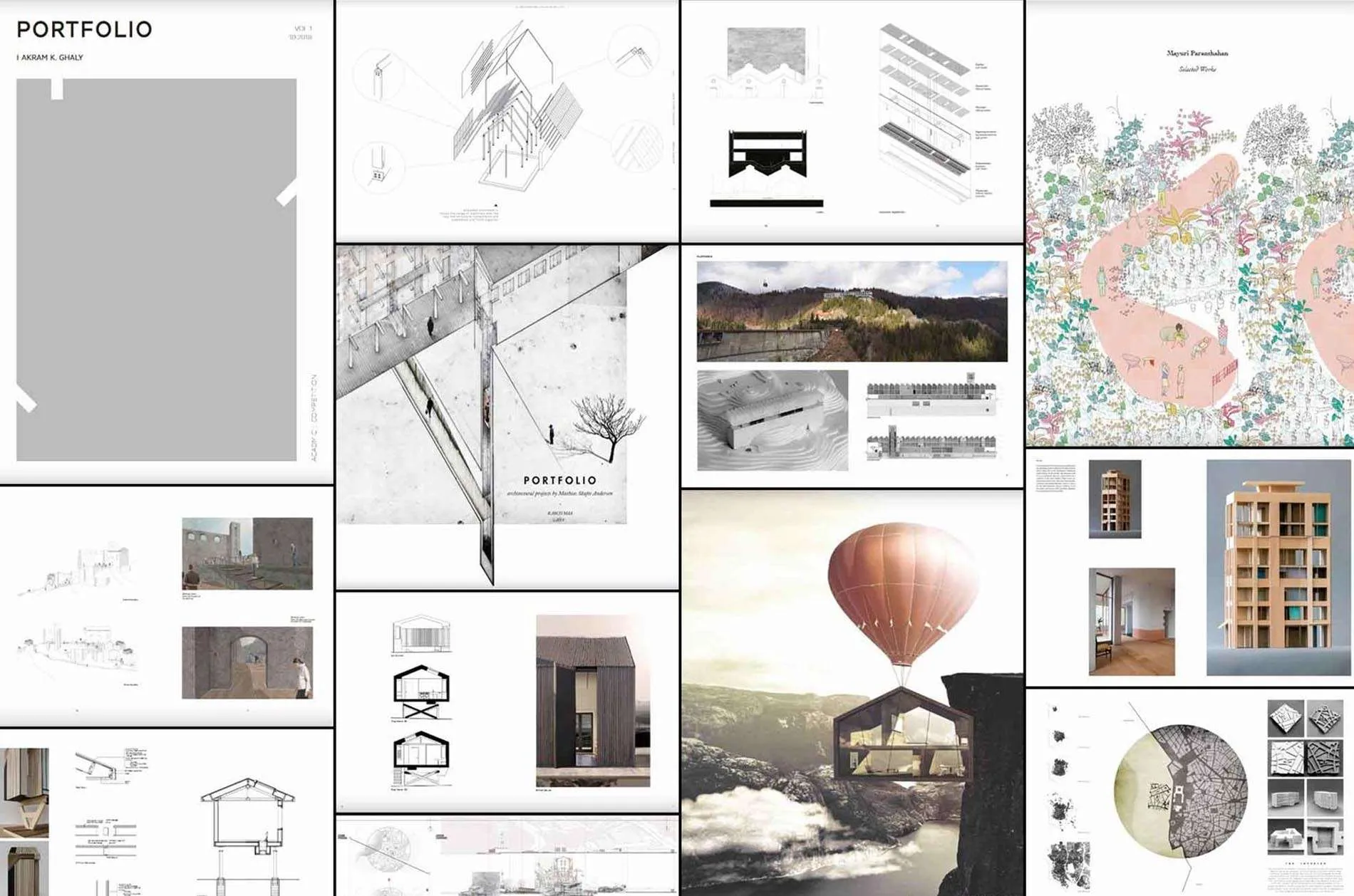Creating vibrant public spaces is more than just a design challenge—it’s an opportunity to foster community connections and enhance our daily lives. As we navigate the complexities of urban living, well-designed public areas become essential havens where people can gather, relax, and engage with their surroundings. The key to success lies in understanding the diverse needs of the community while balancing aesthetics and functionality.
In our quest to design impactful public spaces, we must consider factors like accessibility, safety, and sustainability. These spaces should invite people of all ages and abilities, offering something for everyone. By incorporating natural elements, interactive features, and flexible layouts, we can transform ordinary areas into dynamic environments that encourage social interaction and cultural expression.
Ultimately, successful public spaces are those that resonate with the community, reflecting their unique character and aspirations. Let’s explore some effective tips to help us achieve this vision and create places that truly bring people together.

Understanding Public Spaces
Public spaces, integral to urban environments, offer areas for relaxation, interaction, and community building. These spaces include parks, plazas, and pedestrian zones, each serving specific functions. Parks provide green retreats from the urban hustle, plazas host social gatherings, and pedestrian zones foster safe and vibrant street life. Successful public spaces blend these elements to meet diverse user needs.
Historical context enriches our understanding. Ancient forums, like those in Rome, were epicenters for commerce and discussion. Similarly, modern public spaces anchor community life, promoting civic engagement and social cohesion. By recognizing these spaces’ legacy, we can better address contemporary design challenges.
Designing for inclusivity ensures everyone can access and enjoy public areas. We incorporate universal design principles to remove physical and perceptual barriers for individuals with disabilities, seniors, and families with young children. Inclusivity enhances the vitality and sociability of public spaces.
Moreover, environmental considerations play a significant role. Sustainable design solutions, such as native landscaping and permeable surfaces, reduce environmental impact and increase resilience to climate change. Applying these strategies aligns public spaces with ecological goals and supports green urbanism.
When we understand the dynamics of public spaces, we can design areas that resonate with their communities. This understanding directs our focus toward creating functional, engaging, and sustainable environments relevant to urban life.

Importance of Successful Public Spaces
Successful public spaces are crucial for fostering vibrant communities. They offer areas for social interaction, cultural expression, and community building. When well-designed, they encourage residents to engage, promoting mental and physical well-being.
Public spaces strengthen civic identity. Parks, plazas, and pedestrian zones become hubs of public life, hosting events that bring diverse groups together. These areas create a sense of belonging, enhancing community pride.
Economic benefits arise from thriving public spaces. They attract tourism and local business, boosting economic vitality. Areas like farmers markets and craft fairs stimulate local economies, offering vendors platforms to showcase products.
Environmental aspects are also significant. Green spaces in urban areas improve air quality and biodiversity. Sustainable public space design supports ecological goals by incorporating features like native plants and renewable materials.
Safety and accessibility in public spaces ensure inclusivity. When designed for people of all ages and abilities, they promote equal access to amenities. Features like ramps, seating, and clear signage are essential for welcoming everyone.
Successful public spaces enrich communities by fostering interaction, civic pride, economic growth, and environmental sustainability. By prioritizing inclusivity and accessibility, these spaces reflect and serve diverse community needs.

Key Design Principles
Designing successful public spaces involves a deep understanding of core principles that shape vibrant, functional areas for community engagement. These principles ensure the spaces cater to diverse needs while promoting environmental and economic benefits.
Accessibility and Inclusivity
Public spaces flourish when designed for all individuals. We focus on removing physical barriers, providing ramps and tactile paths for the visually impaired. Well-marked pathways, seating options for elders and strollers for children enhance inclusivity. Ensuring access to amenities like restrooms and information kiosks furthers this goal.
Safety and Security
For spaces to be welcoming, safety is paramount. We incorporate adequate lighting and clear signage to improve visibility at night. Natural surveillance through thoughtful landscaping and positioning of elements like benches ensures security. Engaging community stakeholders in design discussions enhances trust and encourages responsible use.
Sustainability and Environment
Sustainable design integrates environmental consciousness. We use native plants to minimize water use and enhance biodiversity. Implementing solar lighting solutions and rainwater harvesting reduces environmental impact. Permeable pavements aid in managing stormwater, preserving natural groundwater levels.

Engaging the Community
Engaging the community ensures public spaces meet the diverse needs and interests of the people using them. Involving locals in the planning process fosters a sense of ownership and commitment.
Gathering Community Feedback
Gathering community feedback involves organizing surveys, workshops, and public meetings. Surveys can capture a wide range of opinions by reaching a broad audience. Workshops allow community members to participate in brainstorming sessions, sharing ideas on potential features and designs. Public meetings serve as forums for direct dialogue between residents and planners, addressing concerns and suggestions.
Incorporating Local Culture
Incorporating local culture infuses public spaces with unique identity. Collaborating with local artists and cultural groups can result in installations and performances that reflect community heritage. Using locally sourced materials and traditional design elements can honor and preserve cultural significance. By embedding aspects of local culture, public spaces become places of cultural pride and relevance.

Creative Design Ideas
Designing successful public spaces requires creativity to ensure they are engaging and cater to diverse community needs. Creative design ideas transform simple areas into thriving hubs of activity.
Multi-Functional Areas
Creating multi-functional areas maximizes utility and engagement. We can incorporate flexible spaces that accommodate various activities, such as open lawns doubling as event venues and picnic spots. Plazas can integrate seating and performance stages, allowing both relaxation and cultural events. Using adaptable furnishings and movable structures expands an area’s functionality to host farmers’ markets, art exhibits, and community festivals.
Use of Technology
Incorporating technology enhances user experiences and interactions in public spaces. We can integrate digital kiosks for information and wayfinding, providing users with real-time updates on events and facilities. Wi-Fi hotspots enable connectivity, while smart lighting with motion sensors increases energy efficiency and safety. Interactive installations, such as digital art displays or augmented reality features, engage visitors and create memorable experiences.

Overcoming Common Challenges
Designing successful public spaces requires navigating various challenges. These obstacles, when addressed strategically, can lead to vibrant and inclusive environments.
Budget Constraints
Allocating adequate funds often presents a significant hurdle in public space projects. Prioritizing cost-effective materials and sustainable designs can help manage limited budgets. For example, using recycled materials and native plants reduces costs while benefiting the environment. Phased implementation allows for incremental progress, spreading expenses over time and enabling adjustments based on community feedback. Leveraging public-private partnerships, grants, and sponsorships can also bolster funding sources, enhancing project feasibility.
Balancing Needs and Wants
Striking a balance between community needs and desires is crucial for successful design. Community engagement through surveys, workshops, and public meetings identifies core necessities, ensuring essential features like accessibility and safety receive priority. Simultaneously, incorporating elements that reflect community desires, such as art installations or recreational facilities, fosters a sense of ownership and engagement. Flexibility in design allows spaces to adapt to evolving community interests and demographic changes, ensuring long-term relevance and utility.
Conclusion
Designing successful public spaces involves a strategic blend of inclusivity, accessibility, and sustainability. When we prioritize community engagement and cultural relevance, we create vibrant areas that serve as catalysts for social interaction and economic vitality. Integrating multifunctional spaces and technology enhances user experiences, making these areas dynamic and adaptable to changing community needs. By addressing budget constraints with strategic partnerships and sustainable practices, we ensure that public spaces remain valuable assets in urban environments. Through this comprehensive approach, public spaces evolve into essential components of thriving communities and hubs of civic identity.








Comprehensive. Thank you!